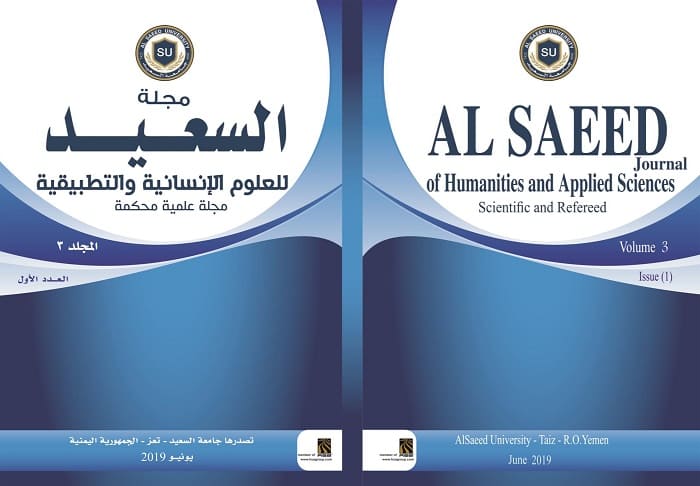Knowledge, attitude and practice (KAP) about Hepatitis B and C among students of Hadhramout University, Al-Mukalla City, Yemen
DOI:
https://doi.org/10.59325/sjhas.v3i1.52Keywords:
attitude; knowledge; practice; medical lab, students; nursing students;; hepatitis B & C virus; vaccination.Abstract
Background and Objective: hepatitis B (HBV) and C (HCV) are blood-borne infectious diseases. They are one of the most common causes of end-stage liver disease, including cirrhosis and hepatocellular carcinoma. The research, including nursing and medical laboratory students, is at a high risk of acquiring this infection. Aim of this study: to assess the knowledge, attitude and practices of the nursing and medical laboratory students about viral hepatitis B and C in Hadhramout University, Mukalla city, Yemen. Setting: the carried out in Mukalla city –Yemen. Design: survey research (cross sectional) design. Sample: Based on a stratified random sample of the academic levels 272 students was selected. Materials and Methods: The sample of the study consisted of 272 (males and females) students in Hadhramout University. Parts of the study: data collected by using three tools: tool (a): student's knowledge regarding hepatitis (b): knowledge about attitude toward hepatitis disease. Tool (c): knowledge about practice of hepatitis. Results: regarding age groups of the study participants it found that the mean of participant's age (53.23 ± 8.35). Majority of participants had poor knowledge and practice about hepatitis B and C and its management. Also, the vast majority had negative attitude toward hepatitis. conclusion: this study found that participants had poor knowledge, attitude and practice toward hepatitis B and C. Recommendations: Continuous and repeated health education guide on hepatitis B and C. frequent workshops and seminars should be organized in order to provide up-to-date knowledge about HBV and HCV infection and means of prevention among Hadhramout university students.
Downloads
Published
How to Cite
Issue
Section
License
copyright is retained by the authors. Articles are licensed under an open access Creative Commons CC BY 4.0 license, meaning that anyone may download and read the paper for free. In addition, the article may be reused and quoted provided that the original published version is cited. These conditions allow for maximum use and exposure of the work.



